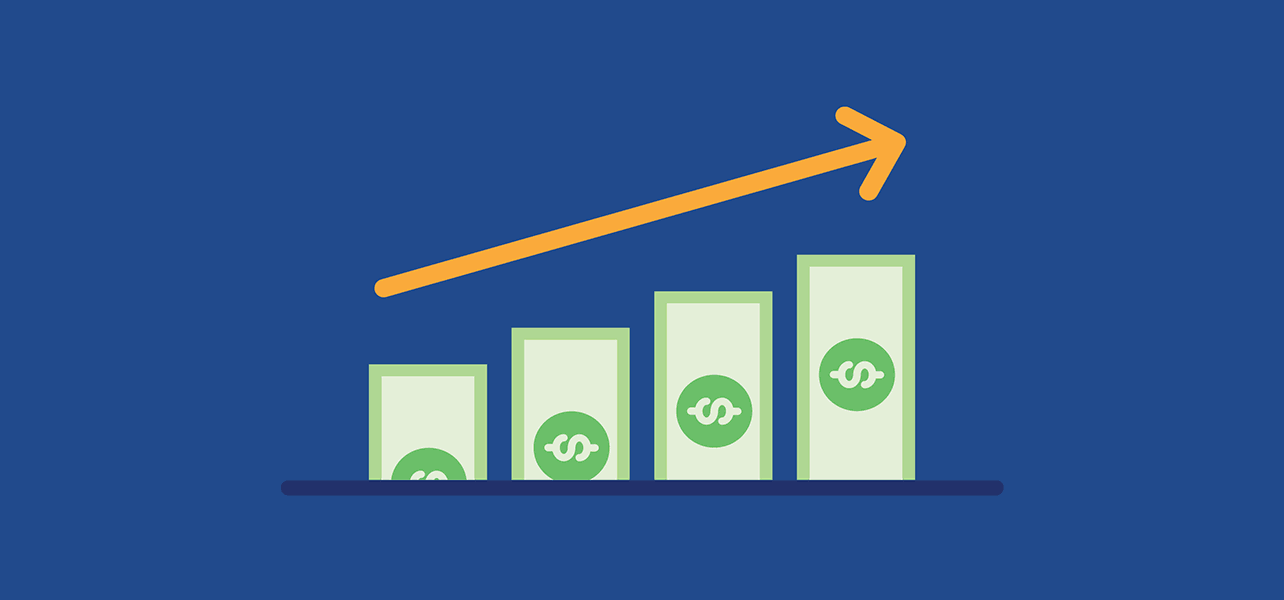In the face of fluctuating earnings, mastering the art of preserving financial stability can seem daunting. However, adapting certain algorithms for personal finance management can make this task not only feasible but also rewarding. This post aims to unveil strategies that cater to those with a variable income, ensuring that financial goals remain within reach, regardless of income variability.
By employing systematic approaches and smart finance strategies, individuals can navigate the uncertainties of irregular earnings, leading to a more secure financial future. Let’s dive into how algorithms can be our guide in this journey.
Understanding Your Cash Flow
The first step in managing variable income efficiently is to understand your cash flow. This involves tracking your income and expenses over several months to identify patterns. By applying algorithms that analyze these patterns, you can predict periods of high and low income, allowing for better financial planning.
Creating a detailed budget based on this analysis will enable you to set aside funds during peak income periods to cover expenses during lean times. This dynamic budgeting strategy, powered by predictive algorithms, ensures a smoother financial ride.
Moreover, utilizing apps and tools that incorporate such algorithms can automate much of this tracking and analysis, simplifying the process.
Building a Buffer
An essential strategy for those with unpredictable income is to establish a financial buffer. The logic behind this is simple yet powerful; by saving aggressively during high-earning periods, you create a safety net for when income dips.
The size of this buffer should ideally cover 3-6 months of living expenses, ensuring peace of mind during lean periods. Algorithms can aid in determining the optimal amount to save, considering your specific income fluctuations and spending habits.
Starting with smaller, achievable goals can make the process less overwhelming and more rewarding as you gradually build up your buffer.
Investing Wisely
Investment should not be overlooked, even with a variable income. Algorithms play a crucial role here by helping to identify investment opportunities that match your risk tolerance and financial goals.
Robo-advisors, for instance, use algorithms to manage investments efficiently, ensuring your money is working for you even when your income might be unpredictable.
Choosing investments that offer liquidity can also be beneficial, providing access to funds without significant penalties in case they are needed during lower income periods.
Additionally, considering dollar-cost averaging as an investment strategy can help mitigate the risks associated with market volatility.
Minimizing Debt
Debt can become a heavy burden, especially when income is not guaranteed. Utilizing algorithms to strategize debt repayment—prioritizing high-interest debt first—can alleviate this pressure.
Tools that simulate different repayment scenarios can offer insights into the most efficient debt reduction strategies, potentially saving you both time and money.
Remaining cautious about acquiring new debt is also crucial, especially when income is less predictable. Instead, focusing on saving and investing can lead to long-term financial health.
Utilizing Tax Strategies
For those with variable incomes, understanding and optimizing tax obligations is critical. Algorithms can assist in this process by identifying potential deductions and credits that are often overlooked.
Utilizing tax-advantaged accounts for saving and investing can also maximize your earnings and reduce taxable income. Regular consultations with a tax professional can ensure that you are benefiting from all available strategies.
Moreover, calculating estimated taxes and setting aside funds for tax payments can prevent unexpected financial strain.
Continual Learning and Adjusting
Financial strategies should not be static. As your financial situation evolves, so should your strategies. Algorithms can aid in regularly reviewing and adjusting your financial plan to ensure it remains aligned with your goals.
Staying informed about financial trends and algorithm innovations can provide new opportunities for saving and investment that cater to variable income earners.
Lastly, networking with others in similar financial situations can offer valuable insights and strategies that have been effective in their experience.
Managing a variable income need not be a stressful endeavor. By embracing algorithms in our financial planning, we can unlock efficient and effective strategies that cater specifically to our unique earning patterns. From building a robust financial buffer to wise investing and debt management, the strategic application of algorithms can pave the way to financial stability and growth. Let’s harness these digital tools to achieve our financial aspirations, even in the face of income variability.


